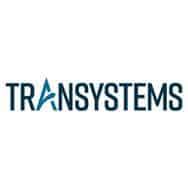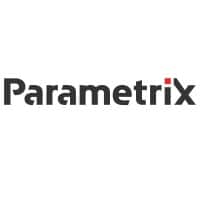The AEC industry is changing, and traditional paper-based workflows are becoming a thing of the past. From lost documents to outdated versions causing project delays, the inefficiencies of paper are no longer sustainable. In Episode 058 of the AEC Engineering and Technology Podcast, we explore how firms are embracing paperless construction to improve efficiency, enhance collaboration, and reduce their environmental footprint.
The Problem With Paper-Based Processes
Paper has always been the construction industry-standard. Some of its limitations include:
- Inefficiency: Searching through physical files or delivering documents across teams slows progress.
- Errors: Version mismatches can lead to costly rework.
- Environmental impact: The construction industry generates significant paper waste, contributing to its carbon footprint.
These challenges are amplified in projects with accelerated schedules, where delays can have cascading effects on budgets and timelines.
The Shift to Paperless Construction
Paperless construction eliminates these pain points by digitizing workflows. Technologies highlighted in Episode 058 include:
- Cloud-based platforms: Centralized storage for all project documents ensures real-time access from anywhere.
- Mobile field apps: Teams can update reports, capture data, and share updates instantly, reducing time spent on redundant tasks.
- Collaboration tools: Real-time editing and version control prevent errors and keep all stakeholders aligned.
This transition not only modernizes workflows but also aligns with broader sustainability goals.
Benefits of Paperless Construction Workflows
Adopting paperless processes provides a few advantages:
- Enhanced collaboration: Digital tools bridge communication gaps between office and field teams.
- Improved accuracy: Version control and digital signatures minimize errors.
- Cost savings: Reducing paper usage cuts operational expenses and supports green initiatives.
For example, a firm featured in Episode 058 reported a 30% reduction in project delays after adopting a paperless system.
Overcoming Challenges
Despite its benefits, the move to paperless construction is not without hurdles. Common challenges include:
- Resistance to change: Teams accustomed to paper-based workflows may hesitate to adopt new tools.
- Initial investment: Software and training costs can seem daunting, particularly if they are not budgeted for.
- Data security: Firms must ensure that sensitive digital data is protected against breaches.
Success Stories: Paperless Construction in Action
Episode 058 highlights several brief anecdotes:
- A midsize engineering firm cut project timelines by 20% by implementing mobile reporting tools.
- A contractor reduced document-related errors by adopting a cloud-based collaboration platform.
- Teams reported improved client satisfaction due to faster communication and greater transparency.
These examples showcase how even incremental steps toward paperless workflows can yield significant benefits.
Practical Tips for Getting Started
Some ideas on how to get started with paperless workflows:
- Start small: Begin with one department or project to pilot paperless tools.
- Train your team: Equip employees with the skills they need to succeed in a digital environment.
- Partner with experts: Work with software providers who understand your industry’s unique needs.
Conclusion
By digitizing workflows, companies can improve efficiency, reduce costs, and achieve sustainability goals.
Interested in learning more? Tune in to Episode 058 of the AEC Engineering and Technology Podcast to learn more about how firms are making this transition.
The AEC industry is changing, and traditional paper-based workflows are becoming a thing of the past. From lost documents to outdated versions causing project delays, the inefficiencies of paper are no longer sustainable. In Episode 058 of the AEC Engineering and Technology Podcast, we explore how firms are embracing paperless construction to improve efficiency, enhance collaboration, and reduce their environmental footprint.
About the Author: Nick Heim, P.E.

Nick’s interests lie at the intersection between the built world and technology, and he can be found looking for the ever-changing answer to the question, “How can we do this better?” Nick can be found on LinkedIn, producing content about the use of technologies in his civil engineering career and small business.












